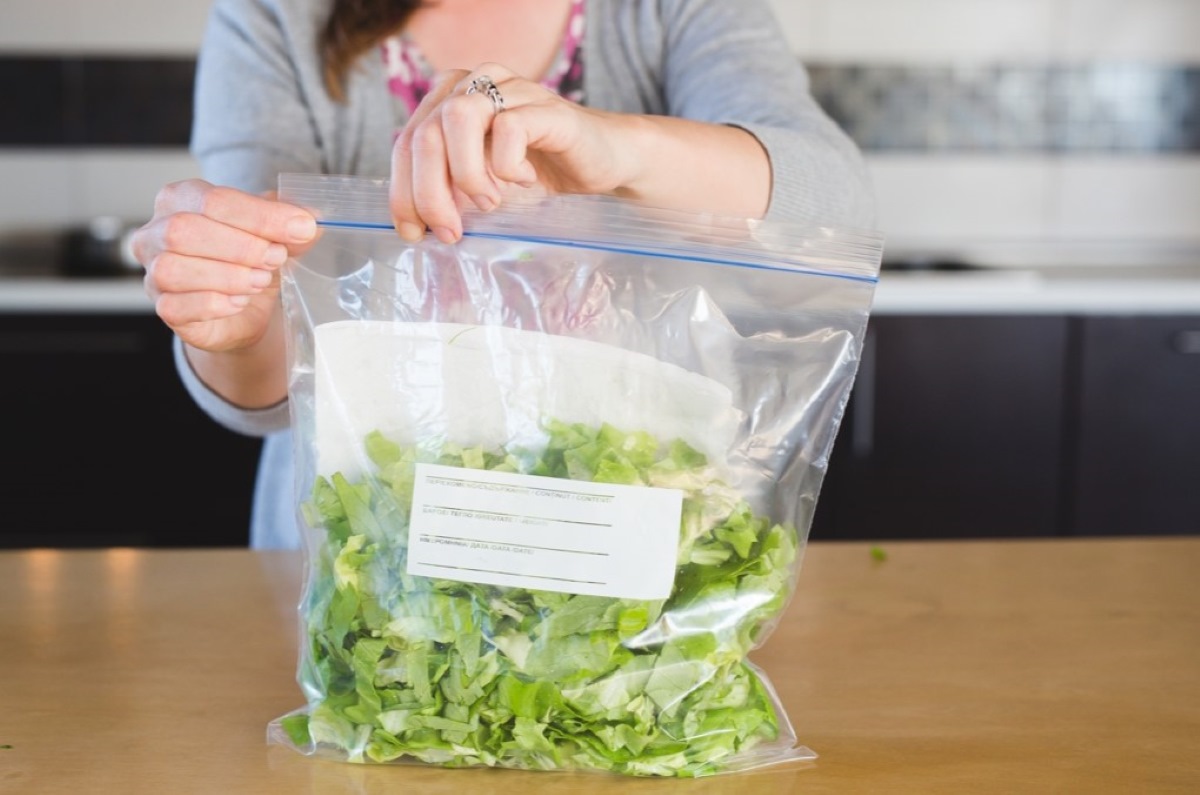

Articles
How To Store Lettuce After Cutting
Modified: February 19, 2024
Learn how to store lettuce after cutting with our informative articles. Keep your lettuce fresh and crisp with these helpful tips.
(Many of the links in this article redirect to a specific reviewed product. Your purchase of these products through affiliate links helps to generate commission for Storables.com, at no extra cost. Learn more)
Overview
Storing lettuce after cutting can be a challenge, as it tends to wilt and lose its freshness quickly. However, with the right techniques, you can prolong the shelf life of cut lettuce and enjoy crisp and tasty salads for longer. In this article, we will explore the best practices for storing lettuce after it has been cut, ensuring that you can preserve its texture and flavor. Whether you prefer storing lettuce in the refrigerator, using airtight containers, wrapping it in damp paper towels, or even vacuum sealing it, we’ve got you covered with these effective methods. We’ll also provide some additional tips for keeping lettuce fresh after cutting, so let’s dive in!
Key Takeaways:
- Extend the shelf life of cut lettuce by storing it in the refrigerator, using airtight containers, wrapping it in damp paper towels, or vacuum sealing it. Regularly check and remove wilted leaves to maintain freshness.
- Follow best practices for storing cut lettuce, such as controlling temperature, moisture, and airflow. Additionally, keep lettuce dry, store it separately, avoid pre-cutting, and use lettuce storage bags for extended freshness.
Read more: How To Store Iceberg Lettuce After Cutting
Best Practices for Storing Lettuce After Cutting
When it comes to storing lettuce after cutting, there are a few best practices to follow to maintain its freshness and taste. These practices involve controlling the temperature, moisture levels, and airflow around the lettuce. Here are some essential tips to help you store your cut lettuce effectively:
- Store it in the refrigerator: The refrigerator is the best place to store cut lettuce, as it helps slow down the wilting process. Make sure to put the lettuce in a breathable container or wrap it in a damp paper towel to maintain moisture.
- Use airtight containers: Airtight containers can help prevent moisture loss and keep the lettuce crisp. Place the cut lettuce in a container and press down gently to remove any excess air before sealing it tightly.
- Wrap it in damp paper towels: Wrapping cut lettuce in damp paper towels can create a humid environment, keeping the lettuce moist and crisp. Place the damp paper towels around the lettuce and store it in a plastic bag or airtight container.
- Vacuum seal it: If you want to extend the shelf life of cut lettuce even further, consider vacuum sealing it. Vacuum sealing removes air, reducing oxidation and preserving the lettuce’s freshness for a longer period.
Remember to check the lettuce regularly while it’s stored to ensure it stays fresh. Remove any wilted or spoiled leaves, as they can cause the rest of the lettuce to deteriorate faster.
Now that you know the best practices for storing lettuce after cutting, let’s dive into the specific methods you can use to implement these practices effectively.
Method 1: Storing Lettuce in the Refrigerator
Storing cut lettuce in the refrigerator is one of the most common and effective methods to maintain its freshness. Here’s how you can do it:
- Preparation: Start by washing the lettuce thoroughly and removing any damaged or wilted leaves. Pat the leaves dry with a clean kitchen towel or paper towels.
- Storage container: Choose a storage container that provides enough room for the lettuce leaves. A breathable container, such as a salad spinner or a perforated container, is ideal. Alternatively, you can use airtight plastic bags with small holes punched in them to allow for airflow.
- Layering: Place a layer of lettuce leaves at the bottom of the container. Avoid overcrowding the container, as this can lead to excess moisture and faster spoilage. If you have a substantial amount of lettuce, it’s best to divide it into multiple containers.
- Damp paper towel: To maintain moisture, place a damp paper towel on top of the lettuce layer. This will help prevent wilting and keep the leaves crisp.
- Repeat layers: Continue layering the lettuce leaves and damp paper towels, ensuring each layer is well-separated and lightly compressed. Seal the container, whether it’s airtight or has breathable holes, to maintain the optimal humidity level.
- Refrigeration: Finally, store the container in the refrigerator’s vegetable drawer or near the back of the fridge, where the temperature is cooler and more consistent. Avoid placing it near the freezer or in areas with frequent temperature fluctuations.
By following these steps, you can store cut lettuce in the refrigerator and enjoy fresh, crispy greens for an extended period. Remember to check the lettuce regularly and discard any wilted or spoiled leaves to maintain the overall quality of the remaining lettuce.
Method 2: Using Airtight Containers for Storing Lettuce
If you prefer a more airtight and controlled environment for storing cut lettuce, using airtight containers is a great option. Here is a step-by-step guide on how to store lettuce using airtight containers:
- Preparation: Start by washing the lettuce thoroughly and patting the leaves dry with a kitchen towel or paper towels. Remove any damaged or wilted leaves.
- Airtight container: Choose an airtight container that is large enough to hold the lettuce without overcrowding. Glass or plastic containers with a tight-fitting lid work well for this purpose.
- Layering: Place a layer of lettuce leaves at the bottom of the container. Avoid compressing the leaves too tightly to allow for sufficient airflow.
- Damp paper towel: To maintain moisture, place a damp paper towel on top of the lettuce layer. This helps prevent wilting and keeps the leaves crisp.
- Repeat layers: Continue layering the lettuce leaves and damp paper towels, ensuring each layer is lightly compressed and well-separated. Avoid overfilling the container, as this can lead to excess moisture and reduce the lettuce’s freshness.
- Seal the container: Once all the lettuce layers are in place, seal the airtight container tightly to create a controlled environment and prevent moisture loss. This helps maintain the crispness and freshness of the lettuce.
- Refrigeration: Finally, store the airtight container in the refrigerator, preferably in the vegetable drawer or a cooler area of the fridge. Keeping it in a consistent and cool temperature environment will help prolong its shelf life.
By following these steps, you can store cut lettuce in airtight containers and preserve its texture and flavor for a longer duration. Remember to check the lettuce regularly and remove any wilted or spoiled leaves to maintain the overall quality of the stored lettuce.
After cutting lettuce, store it in an airtight container with a paper towel to absorb excess moisture. Keep it in the refrigerator for up to 3-4 days.
Method 3: Wrapping Lettuce in Damp Paper Towels
If you’re looking for a simple and effective method to store cut lettuce, wrapping it in damp paper towels can help maintain its moisture and crispness. Follow these steps to store lettuce using this method:
- Preparation: Begin by washing the lettuce thoroughly and patting the leaves dry with a kitchen towel or paper towels. Remove any damaged or wilted leaves.
- Dampen paper towels: Take a few paper towels and dampen them under running water. Squeeze out any excess water, ensuring that the paper towels are moist but not dripping wet.
- Wrap individual leaves: Wrap each lettuce leaf individually with a damp paper towel. This helps to maintain the moisture and prevent wilting. Make sure the entire surface of the leaf is covered by the damp paper towel.
- Secure the wrapped leaves: Once you have wrapped all the lettuce leaves, place them in a plastic bag or an airtight container. Seal the bag or container tightly to create a humid environment for the wrapped lettuce.
- Refrigeration: Store the wrapped lettuce in the refrigerator, preferably in the vegetable drawer or a cooler part of the fridge. This will help maintain a consistent temperature and prolong the freshness of the lettuce.
By using this method, the damp paper towels create a humid environment that helps retain the moisture in the lettuce leaves, keeping them crisp and fresh for a longer period. Remember to check the lettuce regularly and remove any wilted or spoiled leaves to ensure the overall quality of the stored lettuce.
Read more: How To Store Lettuce After Washing
Method 4: Vacuum Sealing Lettuce for Extended Storage
If you want to extend the shelf life of cut lettuce even further, vacuum sealing is an excellent method to preserve its freshness. By removing the air from the packaging, you can prevent oxidation and maintain the lettuce’s quality for an extended period. Here’s how you can vacuum seal lettuce:
- Preparation: Start by washing the lettuce thoroughly and patting the leaves dry with a kitchen towel or paper towels. Remove any damaged or wilted leaves.
- Cut and portion: Depending on your preference, you can either cut the lettuce into smaller pieces or leave it as whole leaves. Portion the lettuce according to your needs or the amount you want to store in each vacuum-sealed bag.
- Vacuum sealing bags: Place the lettuce portions into vacuum sealing bags. Ensure that the bags are suitable for use with a vacuum sealer and are of the appropriate size to accommodate the lettuce.
- Seal the bags: Follow the instructions specific to your vacuum sealer to seal the bags properly. This typically involves placing the open end of the bag into the vacuum sealer and starting the sealing process. The sealer will remove the air from the bag and create an airtight seal.
- Label and store: After vacuum sealing the lettuce, label the bags with the date of sealing. Store the sealed bags in the refrigerator or freezer, depending on your preference and the duration you want to keep the lettuce.
- Thawing: If you choose to freeze the vacuum-sealed lettuce, remember to thaw it in the refrigerator before using it. This will help maintain its quality and minimize any potential texture changes.
Vacuum sealing lettuce can significantly increase its shelf life and preserve its freshness for extended periods. However, be mindful that while vacuum sealing helps retain the lettuce’s texture and flavor, it may not guarantee the same level of crispness as freshly cut lettuce. Nonetheless, it is a great option for storing lettuce for longer durations.
By utilizing vacuum sealing as a storage method, you can enjoy fresh and delicious lettuce whenever you need it, even weeks after its original cut.
Tips for Keeping Lettuce Fresh After Cutting
In addition to the various storage methods mentioned above, there are a few additional tips you can follow to keep your lettuce fresh after cutting. These tips can help maintain the quality and flavor of the lettuce, ensuring that you can enjoy it for as long as possible. Here are some helpful tips:
- Keep it dry: Moisture is the enemy of fresh lettuce. Make sure to pat the lettuce leaves dry after washing them, as excess moisture can cause them to wilt quickly. Dampness can lead to the growth of bacteria, which can spoil the lettuce.
- Store it separately: Keep different types of lettuce, such as romaine, green leaf, and iceberg, separate when storing them. Each type of lettuce has its own shelf life, and storing them together can lead to faster spoilage.
- Avoid pre-cutting: To maximize the freshness of your lettuce, try to avoid cutting it until you are ready to use it. Whole lettuce heads tend to last longer than pre-cut lettuce.
- Store it in a dry environment: Moisture can accumulate in the refrigerator, so it’s important to store the lettuce in a dry environment. Consider using a salad spinner or placing a clean, dry cloth in the storage container to absorb any excess moisture.
- Don’t wash it all at once: Washing all of your lettuce at once can lead to excess moisture and make it spoil more quickly. Instead, wash the lettuce only as needed, right before you plan to use it.
- Keep it away from ethylene-producing fruits: Certain fruits, such as apples, bananas, and tomatoes, produce ethylene gas, which can speed up the ripening process and cause lettuce to spoil faster. Store your lettuce away from these ethylene-producing fruits.
- Consider using lettuce storage bags: Specialized lettuce storage bags are designed to absorb moisture and keep the lettuce fresh for longer. These bags provide an extra layer of protection and can help extend the shelf life of your cut lettuce.
By following these tips, you can maintain the freshness and quality of your cut lettuce, allowing you to enjoy crisp and delicious salads for an extended period. Keep in mind that the shelf life of lettuce can vary depending on its quality, freshness at the time of purchase, and storage conditions. Regularly inspect the lettuce for any signs of wilting or spoilage and discard any damaged leaves before consuming.
Conclusion
Properly storing lettuce after cutting is essential to maintain its freshness and quality. By following the best practices outlined in this article, you can extend the shelf life of your cut lettuce and enjoy crisp and delicious salads for a longer duration.
Whether you choose to store lettuce in the refrigerator, use airtight containers, wrap it in damp paper towels, or vacuum seal it, each method has its advantages and can help you achieve the desired results.
When storing lettuce, it’s crucial to control temperature, moisture levels, and airflow around the lettuce to prevent wilting and spoilage. Regularly check the lettuce for any signs of deterioration and remove any wilted or spoiled leaves promptly to maintain the overall quality of the remaining lettuce.
Additionally, following the provided tips such as keeping the lettuce dry, storing it separately, avoiding pre-cutting, and keeping it away from ethylene-producing fruits can further enhance its freshness and longevity.
Incorporating these storage methods and tips into your routine will help you make the most of your cut lettuce, reducing waste and ensuring that you always have fresh ingredients for your salads and other dishes.
By implementing these best practices, you can savor the vibrant flavors, textures, and health benefits of lettuce even long after it has been cut. So go ahead, put these techniques into action, and enjoy the satisfaction of keeping your lettuce fresh and delicious!
Frequently Asked Questions about How To Store Lettuce After Cutting
Was this page helpful?
At Storables.com, we guarantee accurate and reliable information. Our content, validated by Expert Board Contributors, is crafted following stringent Editorial Policies. We're committed to providing you with well-researched, expert-backed insights for all your informational needs.
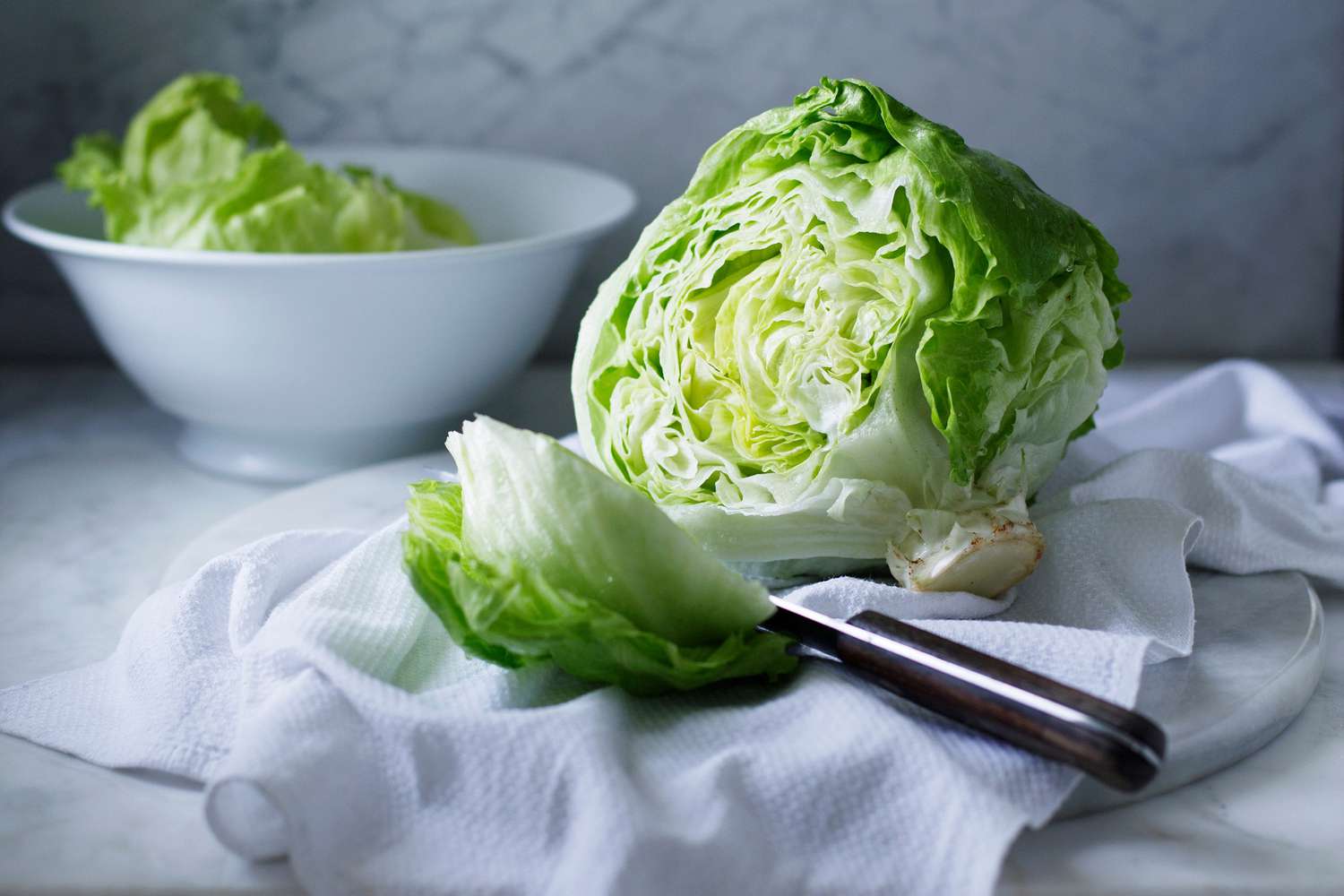
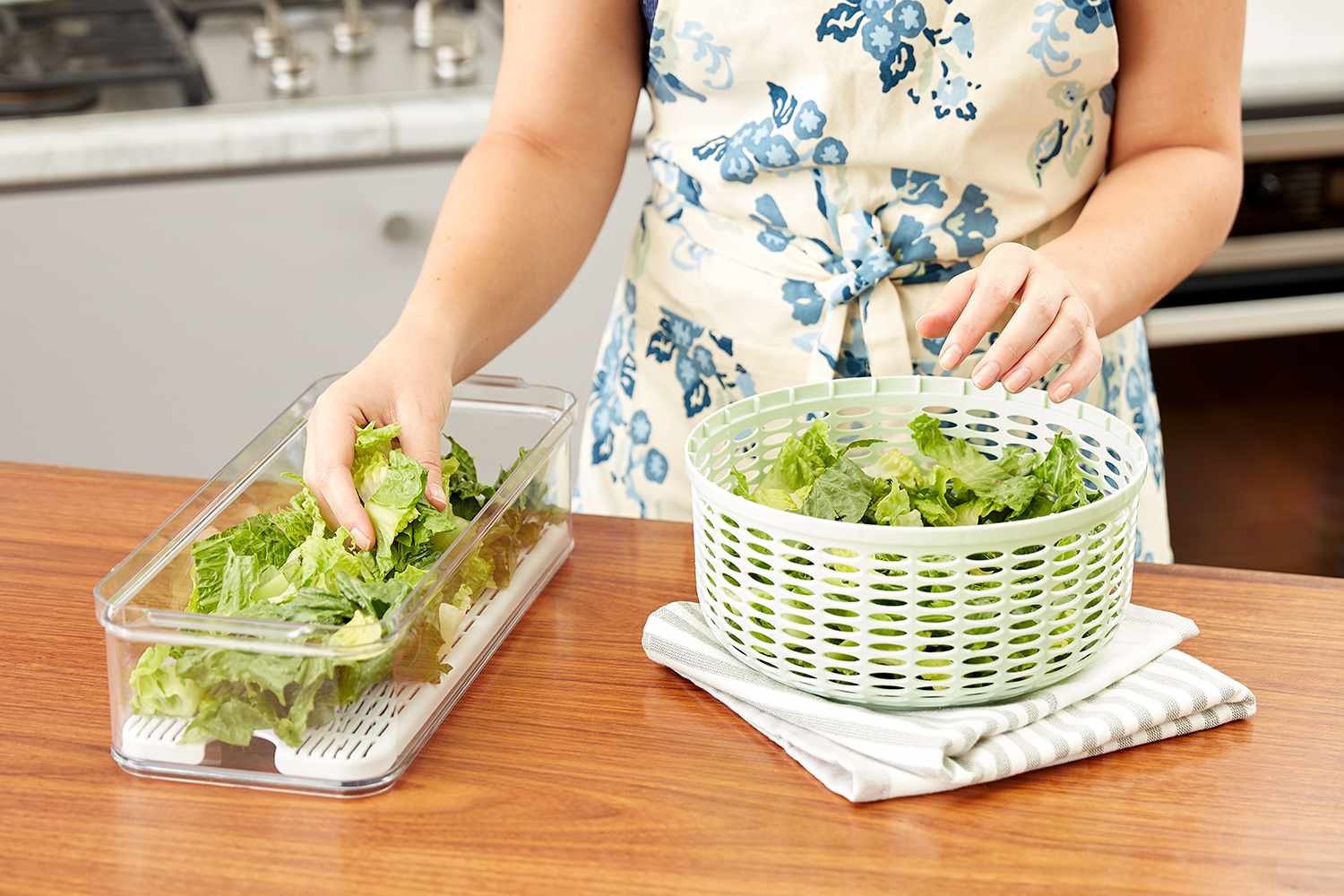
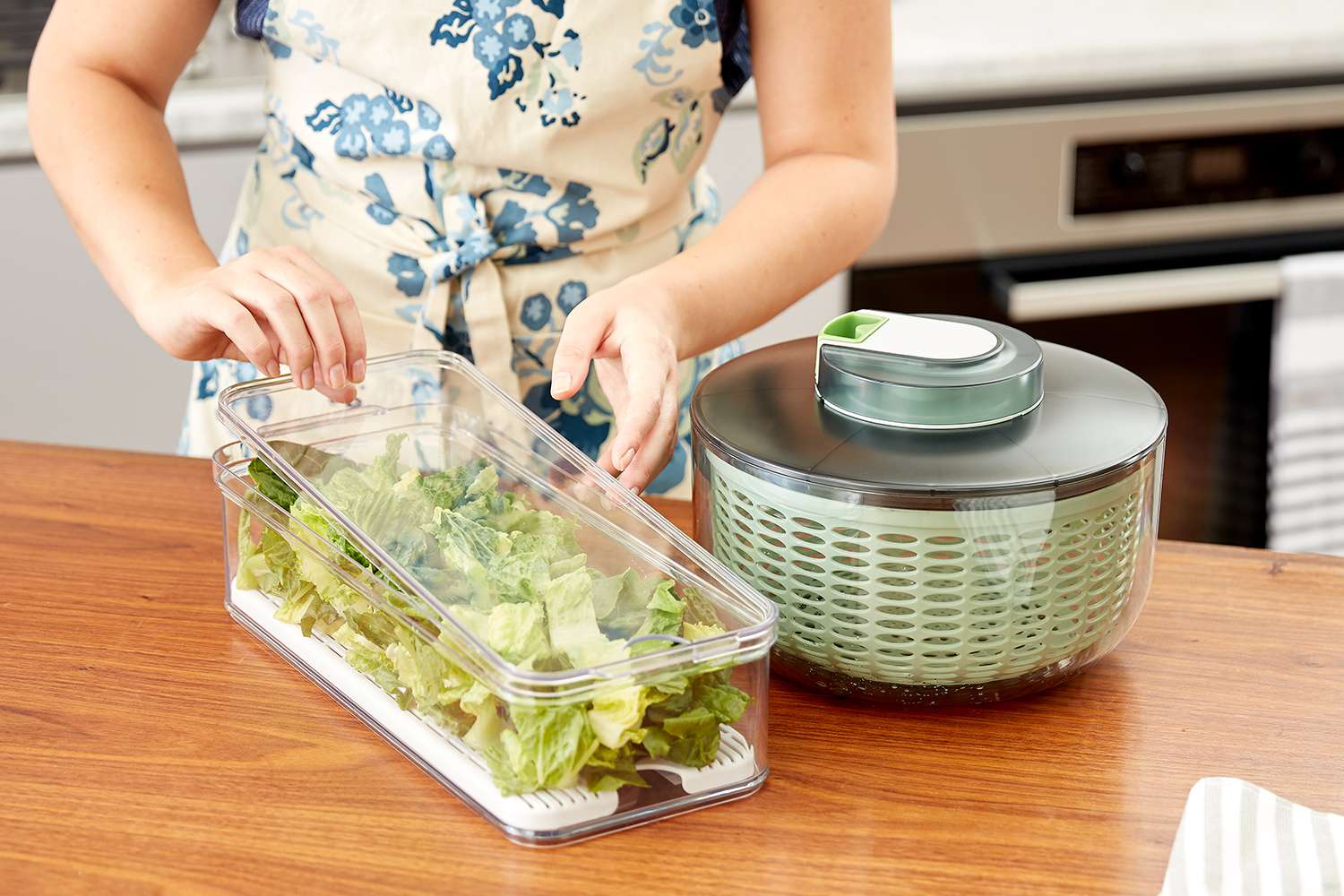
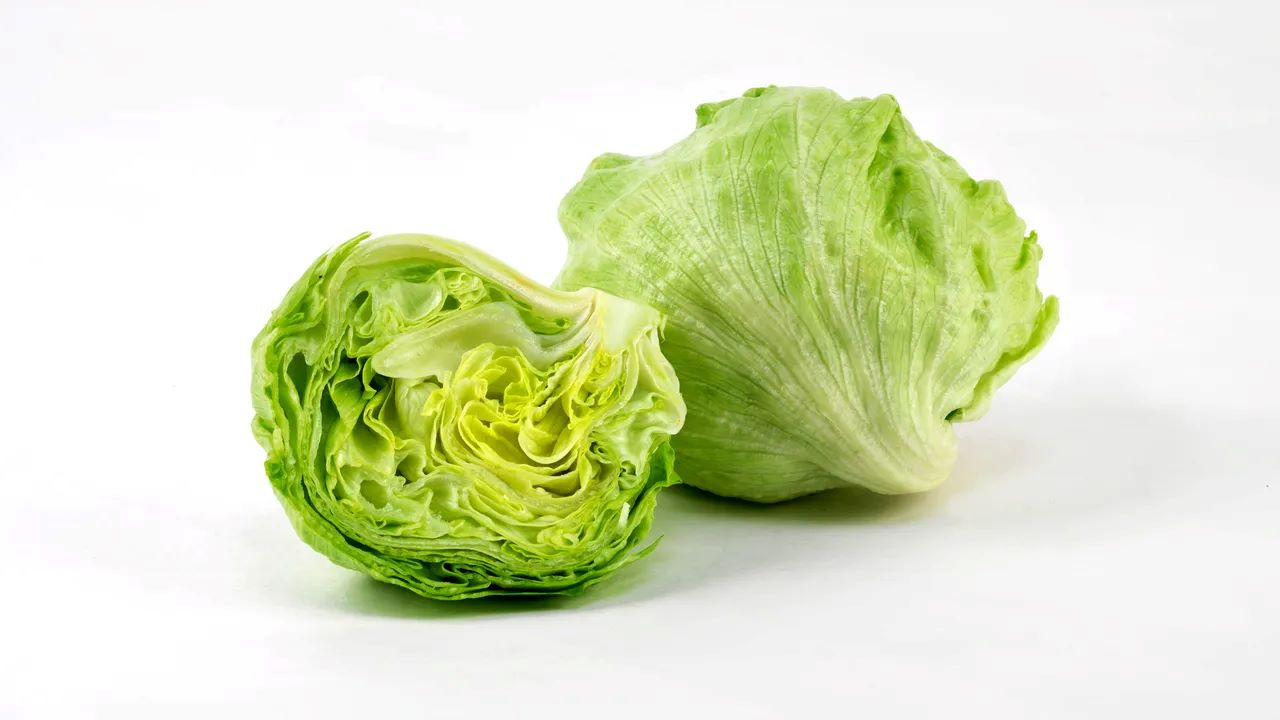
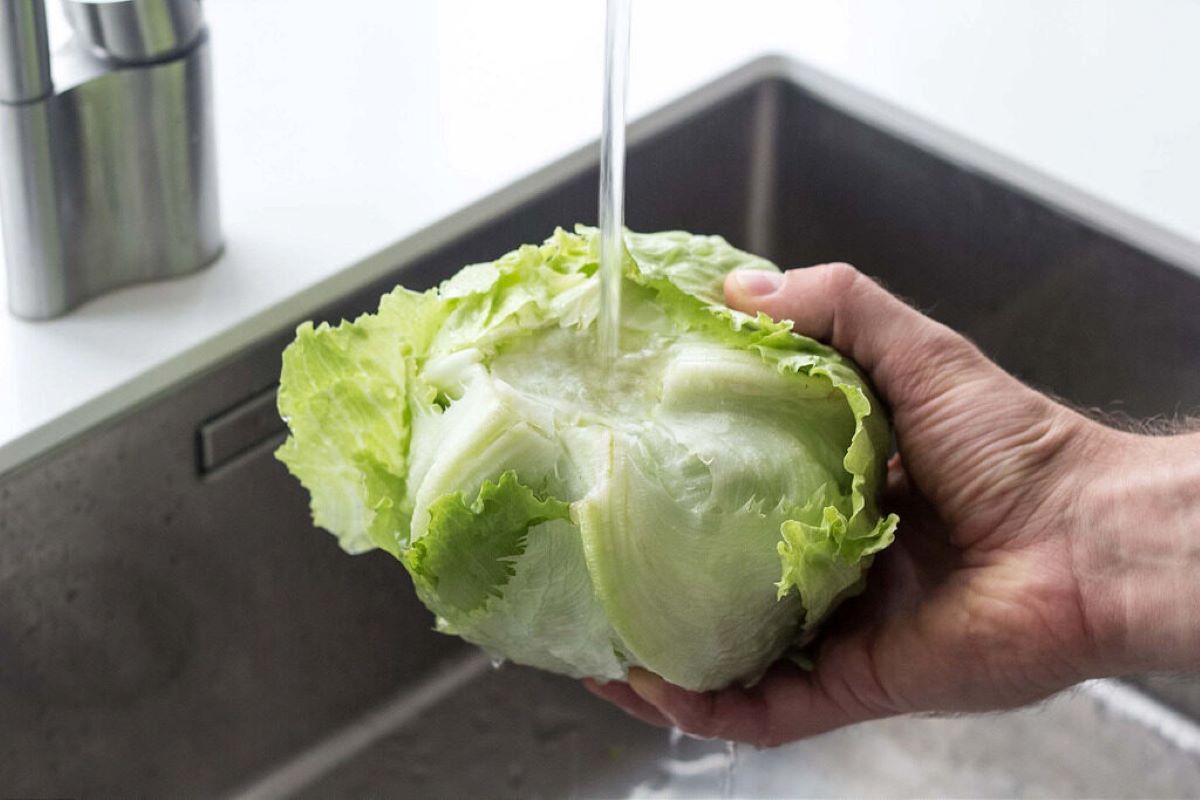

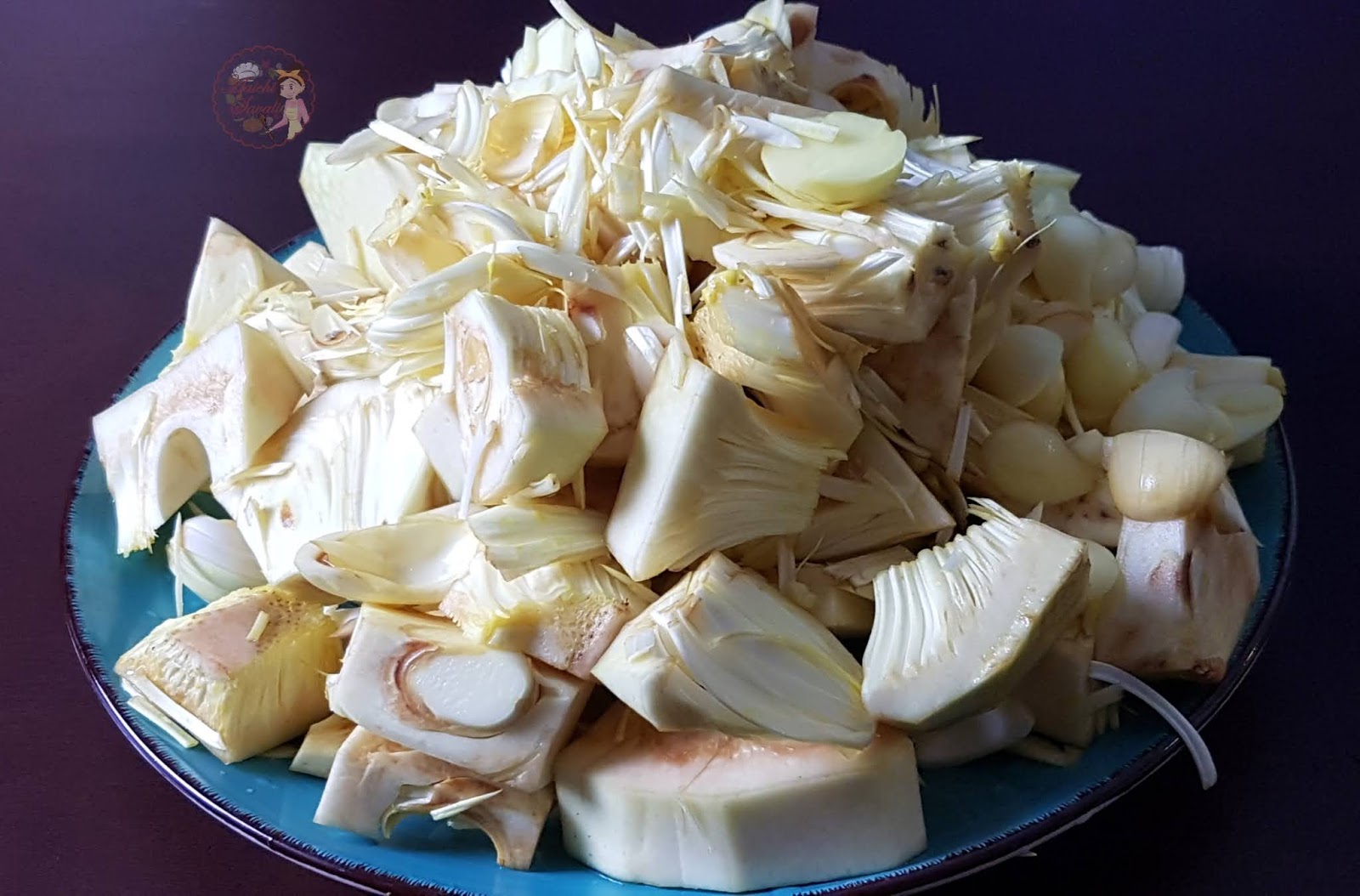


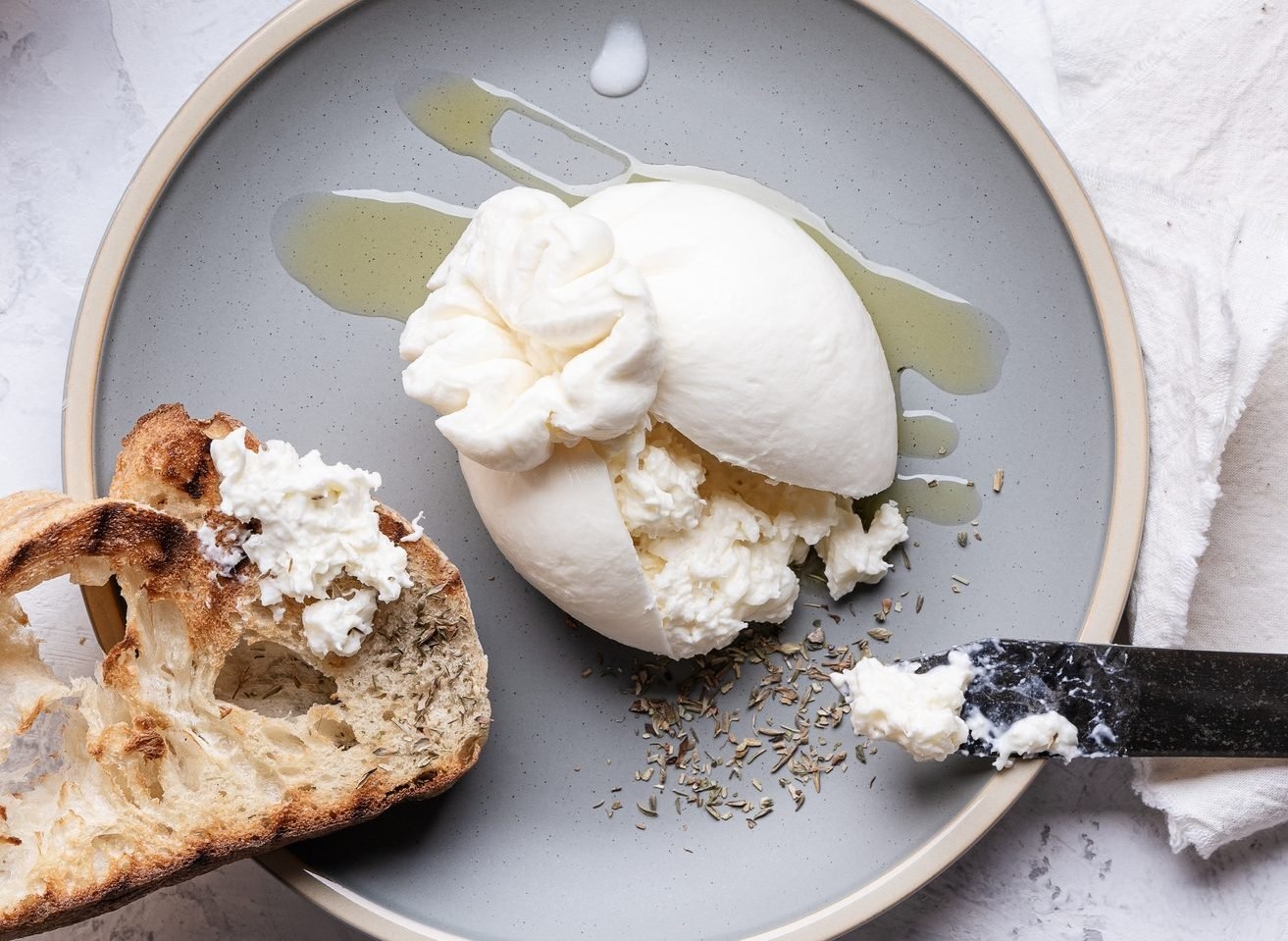
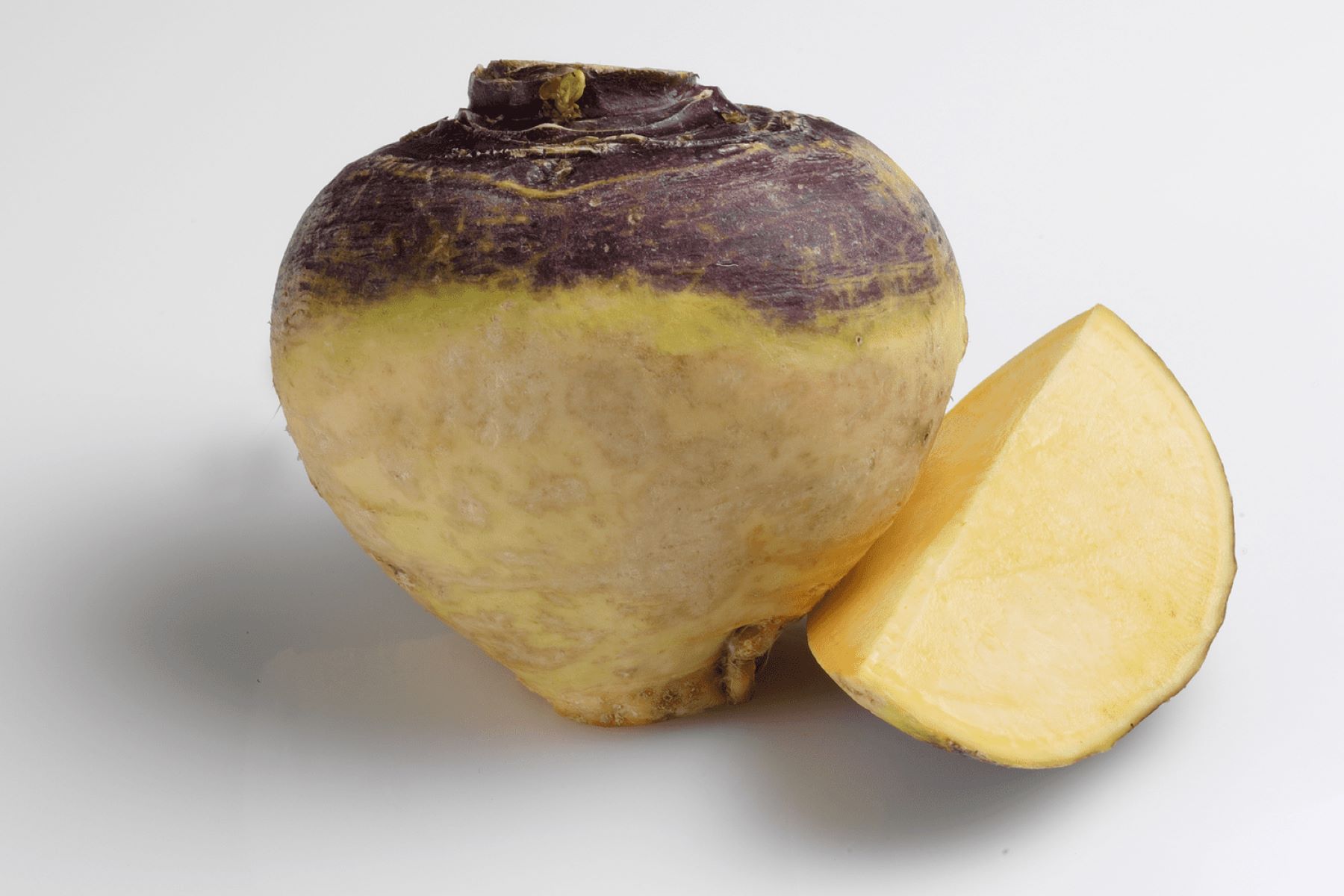
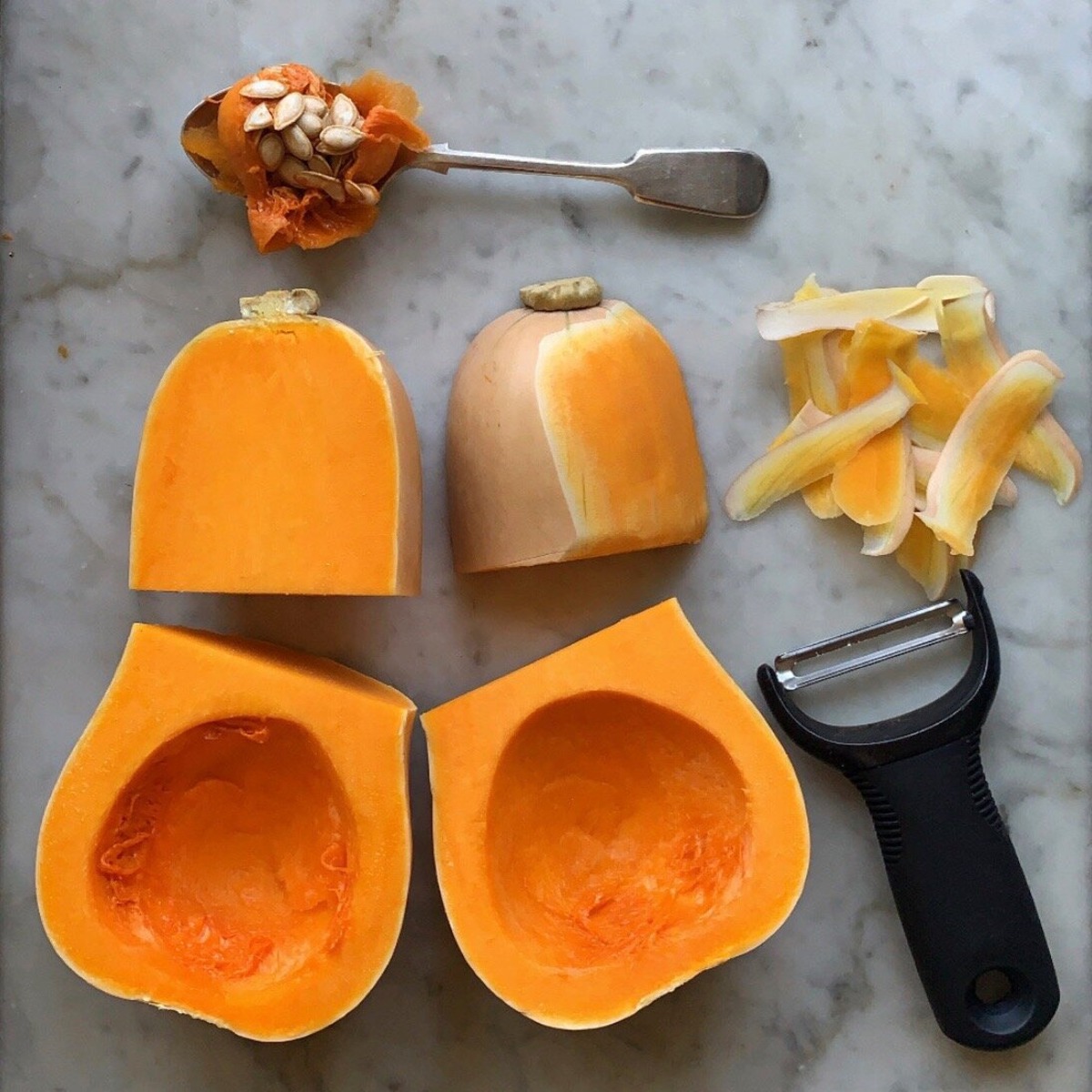
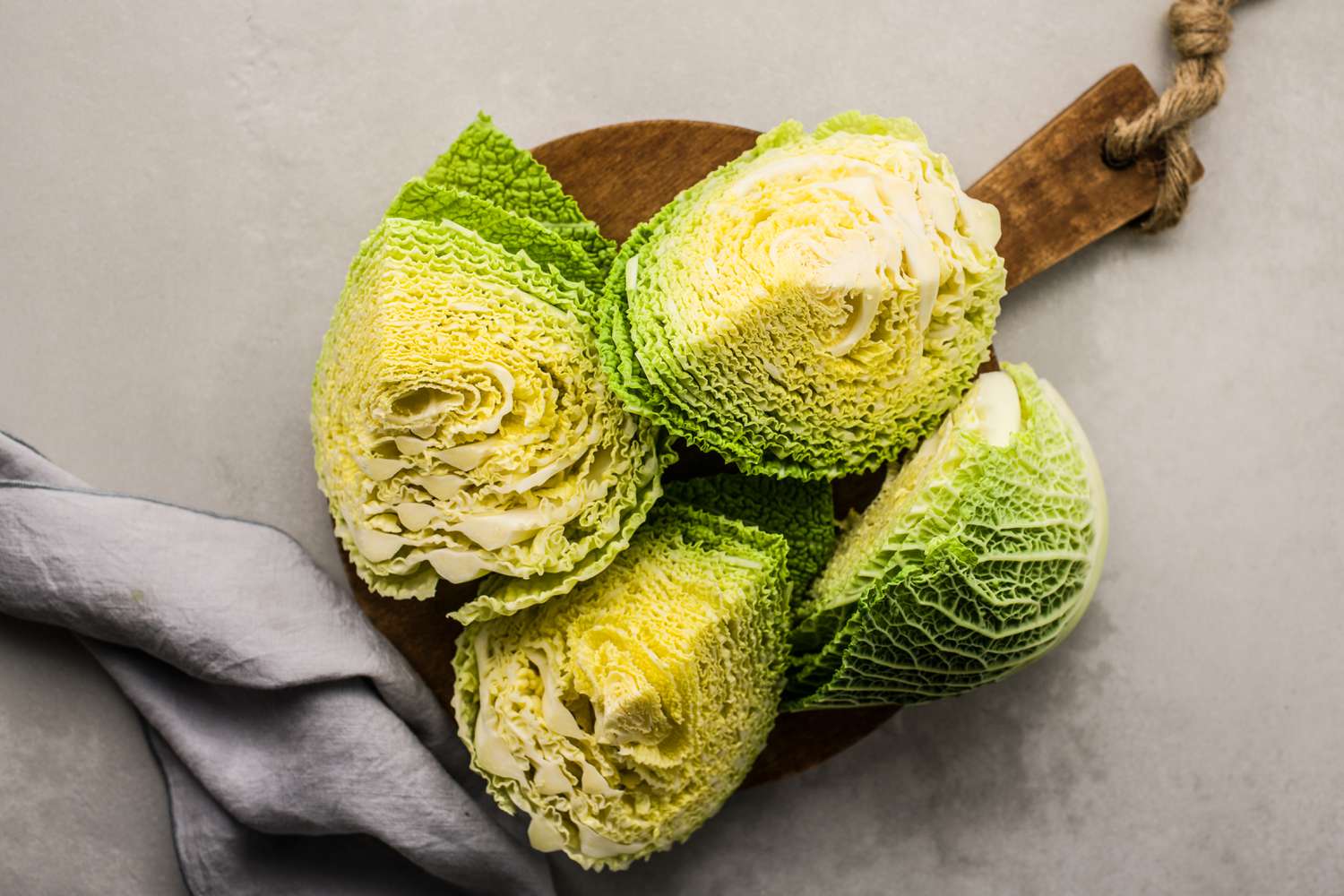
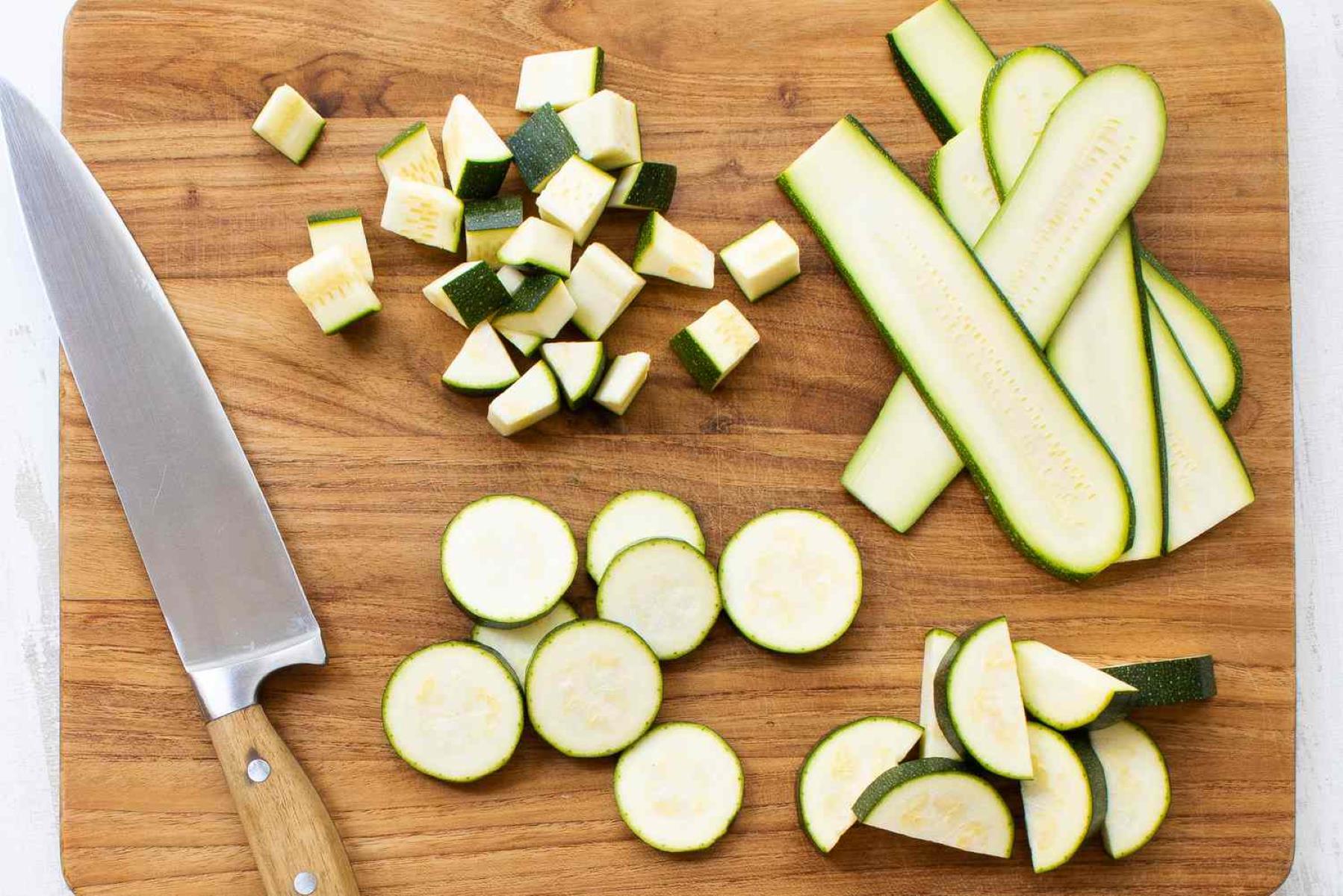

0 thoughts on “How To Store Lettuce After Cutting”